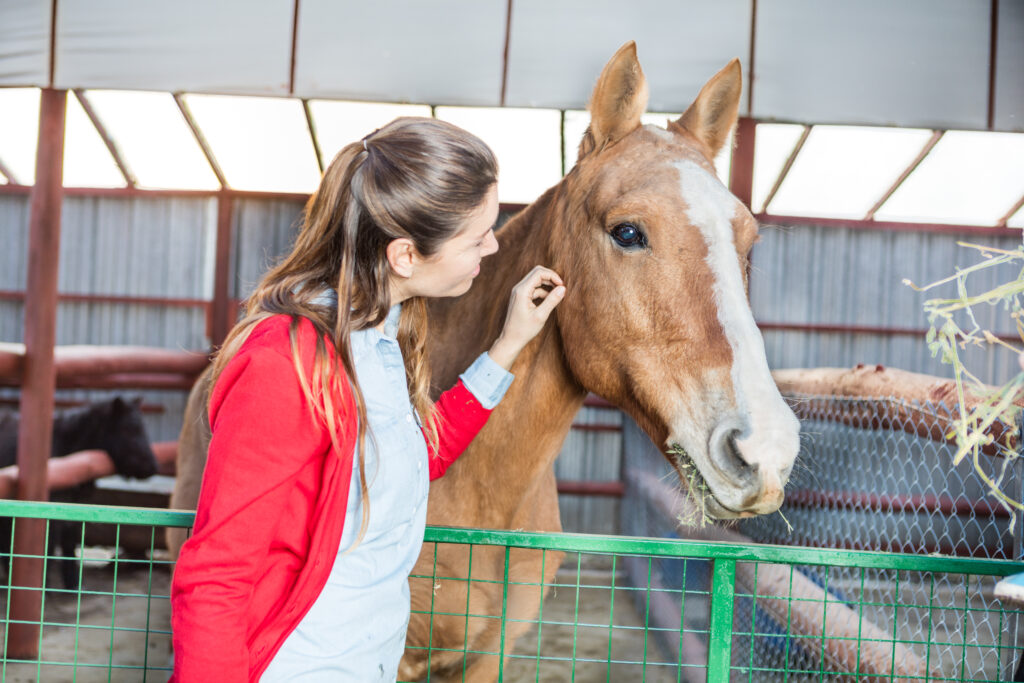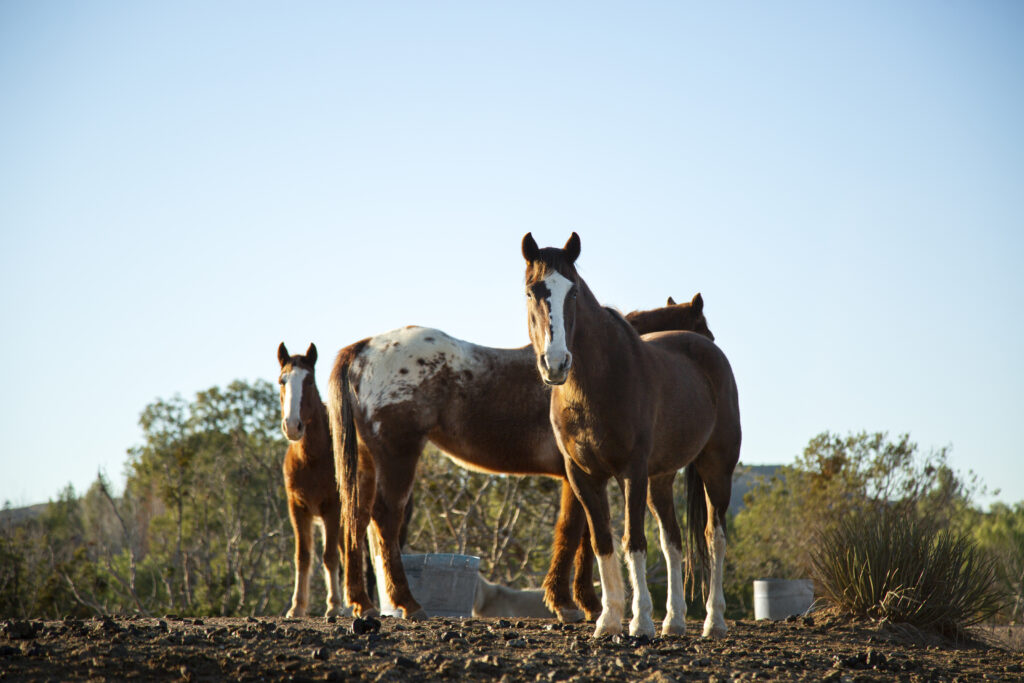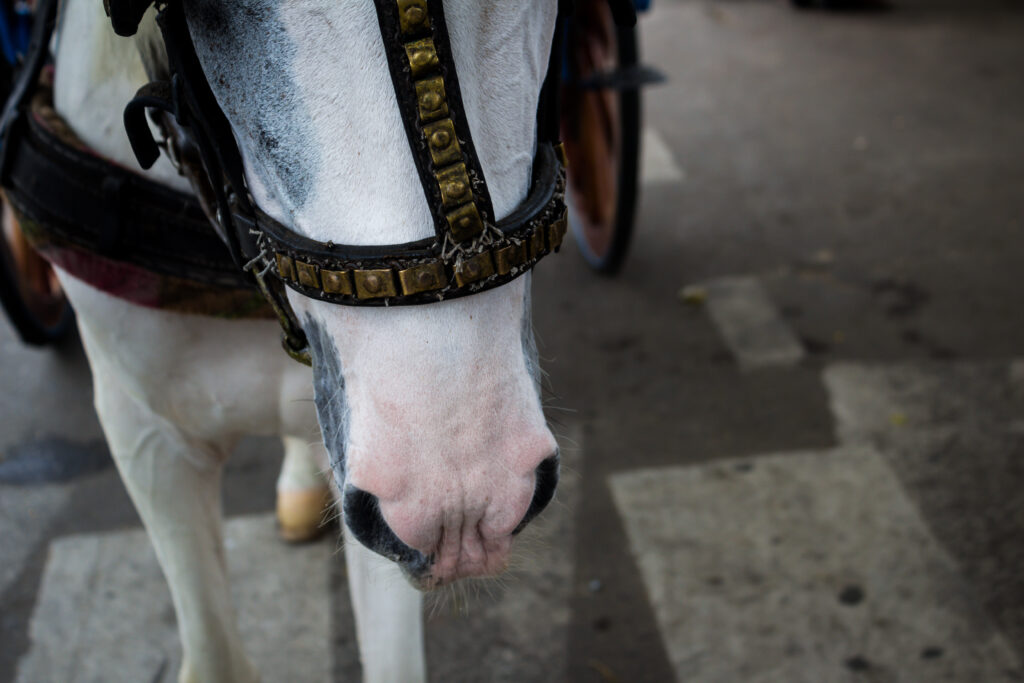Running a successful horse sanctuary requires more than just passion for equines. Many well-intentioned sanctuary horse programs struggle to achieve their goals despite genuine dedication. Understanding the common pitfalls can help your horse rescue sanctuary thrive where others have faltered. This comprehensive guide examines four critical reasons why sanctuary horse operations often fail and provides actionable solutions to overcome these challenges.

The Growing Need for Horse Sanctuaries in the United States
Before diving into potential problems, it’s important to understand why horse sanctuaries are so vital. Across the United States, thousands of horses face neglect, abuse, or abandonment each year. From retired racehorses to victims of financial hardship, these majestic animals often have nowhere to go. A properly run horse sanctuary provides essential refuge for these vulnerable equines.
The American Horse Council estimates over 100,000 horses in the U.S. are considered “unwanted” annually. This staggering number highlights why horse rescue sanctuaries play such a crucial role in equine welfare. Whether you operate a senior horse sanctuary, focus on wild horse sanctuary efforts, or provide rehabilitation for abused horses, your mission is invaluable.
Now, let’s examine what might be holding your sanctuary horse program back from reaching its full potential.
Reason #1: Unsustainable Financial Management
Perhaps the most common reason sanctuary horse programs fail is inadequate financial planning. Running a horse rescue and rehab facility is extremely expensive, with costs that many founders initially underestimate.
The True Cost of Running a Horse Sanctuary
Maintaining a horse sanctuary requires substantial ongoing investment:
- Feed costs: A single rescue horse can cost $150-300 monthly just for basic feed
- Veterinary care: Regular checkups, emergency care, dental work, and medications for horses with special needs
- Farrier services: Essential hoof care averaging $50-150 per horse every 6-8 weeks
- Property maintenance: Fencing, shelter repairs, manure management, and pasture rotation
- Staff wages: Professional caretakers, trainers, and administrative personnel
- Insurance: Liability coverage for your equine sanctuary operations
Many sanctuary horse founders start with personal savings or small donations, quickly discovering these resources are insufficient for long-term operations. A sustainable nonprofit horse sanctuary requires diverse revenue streams and strategic financial management.
Solution: Develop Multiple Funding Sources
Successful horse sanctuaries implement multi-faceted funding approaches:
- Grant writing: Apply for funding from equine welfare organizations, private foundations, and government programs
- Monthly donor programs: Create subscription-based support that provides reliable income
- Corporate partnerships: Approach feed companies, tack shops, and other equine businesses for sponsorships
- Therapeutic horse sanctuary services: Offer equine-assisted therapy programs that generate income while fulfilling your mission
- Educational programs: Host workshops, tours, and volunteer days with suggested donations
- Horse adoption sanctuary model: When appropriate, rehoming rehabilitated horses creates space for new rescues
The most resilient horse sanctuaries near me combine charitable support with income-generating activities that align with their mission. This balanced approach provides financial stability through economic fluctuations.
Reason #2: Inadequate Facilities and Land Management
Many horse rescue sanctuaries begin with suitable facilities for a small number of horses but struggle as they grow. Improper land management quickly leads to overcrowded, unhealthy conditions that compromise equine welfare and increase operational costs.
Common Facility Problems at Horse Sanctuaries
Suboptimal facilities typically manifest as:
- Overgrazed pastures: Creating mud pits in wet seasons and dust bowls in dry periods
- Inadequate shelter: Insufficient protection from extreme weather conditions
- Poor manure management: Leading to parasite problems and environmental concerns
- Insufficient quarantine areas: Allowing disease transmission between vulnerable populations
- Limited rehabilitation spaces: Preventing proper care for horses with special needs
These issues not only harm the horses but can also trigger regulatory problems and community complaints that threaten your sanctuary horse program’s existence.
Solution: Strategic Facility Planning and Sustainable Land Management
To create a thriving environment for your sanctuary horses:
- Determine realistic carrying capacity: Most pasture land supports 1-2 horses per 2-3 acres; adjust accordingly for your region
- Implement rotational grazing: Divide pastures into sections that can be rested and regrown
- Create functional zones: Designate specific areas for quarantine, rehabilitation, senior horses, and general population
- Develop all-weather surfaces: Install proper drainage and footing in high-traffic areas
- Build appropriate shelters: Ensure adequate protection from sun, wind, and precipitation
- Establish manure management systems: Compost or arrange regular removal services
The most successful equine rescue sanctuary operations invest in infrastructure before expanding their horse population. This measured approach prevents the deterioration of land quality and facilities that often accompanies rapid growth.
Several exceptional horse sanctuaries across the United States demonstrate exemplary facility management. For instance, Duchess Sanctuary in Oregon maintains nearly 1,500 acres for approximately 200 horses, demonstrating sustainable land-to-animal ratios.

Reason #3: Insufficient Professional Expertise and Support
Passion alone cannot sustain a sanctuary horse program. Many founders have deep love for horses but lack the specific expertise needed to address the complex physical and behavioral issues common in rescue horses.
Knowledge Gaps That Undermine Horse Sanctuary Success
Critical areas where expertise is often lacking include:
- Equine rehabilitation protocols: Specific approaches for horses with different backgrounds and trauma
- Behavioral assessment: Identifying and addressing psychological issues from past abuse or neglect
- Nutritional management: Creating appropriate feeding programs for emaciated, senior, or metabolically challenged horses
- End-of-life decision making: Determining humane timelines for horses suffering from terminal conditions
- Regulatory compliance: Understanding zoning, tax requirements, and animal welfare laws
Well-meaning but undertrained sanctuary staff may inadvertently prolong suffering or create unsafe situations when handling difficult cases without proper expertise.
Solution: Build a Network of Equine Professionals
Successful sanctuary horse programs cultivate relationships with:
- Equine veterinarians: Ideally those with experience in rescue cases and geriatric care
- Certified equine behaviorists: To help rehabilitate horses with trauma histories
- Equine nutritionists: For creating specialized feeding programs
- Experienced sanctuary managers: Mentors from established horse sanctuaries
- Legal and financial advisors: Familiar with nonprofit operations and animal welfare organizations
- Board members: With complementary professional skills and connections
Leading horse rescue sanctuaries invest in staff training and continuing education. Organizations like the Global Federation of Animal Sanctuaries offer accreditation programs and best practice resources specifically for equine sanctuaries.
Consider developing relationships with veterinary schools, which may provide discounted services while giving students valuable learning experiences with sanctuary horses. This approach benefits both your rescue horses and the next generation of equine professionals.
Reason #4: Mission Drift and Compassion Fatigue
Perhaps the most insidious threat to sanctuary horse programs is mission drift—the gradual deviation from core objectives—often accompanied by compassion fatigue among staff and volunteers.
Signs Your Horse Sanctuary Is Experiencing Mission Drift
Warning indicators include:
- Accepting more horses than capacity allows: Taking in every case regardless of facility limitations
- Declining rehabilitation outcomes: Fewer horses successfully recovering or finding new homes
- Staff burnout: High turnover, increasing conflicts, and declining motivation
- Financial resources diverted from existing horses: Basic care suffering to fund new rescues
- Reactive rather than strategic decisions: Crisis management replacing planned operations
- Founder syndrome: Inability to delegate or build sustainable organizational structure
Many sanctuary horse operators fall into these patterns gradually, often without recognizing the signs until severe problems develop.
Solution: Clear Mission, Boundaries, and Self-Care Systems
Successful horse sanctuary programs implement:
- Written mission statements and intake policies: Clearly defining what cases they can effectively serve
- Measurable outcomes: Tracking rehabilitation success, adoption rates, and quality-of-life metrics
- Staff wellness programs: Including scheduled time off, mental health support, and celebration of successes
- Structured decision-making processes: Moving beyond founder-driven decisions to committee evaluations
- Networking with other sanctuaries: Building referral relationships for cases better suited to different facilities
- Regular strategic planning: Reviewing goals and adjusting operations annually
Healthy sanctuary horse programs recognize that saying “no” to certain cases means saying “yes” to better care for horses already in their charge. This boundary-setting is essential for long-term sustainability.
The most respected horse sanctuaries in the United States, like Old Friends in Kentucky, maintain clear focus on their specific mission—in their case, caring for retired racehorses—rather than attempting to solve every equine welfare issue.
Building a Sustainable Future for Your Horse Sanctuary
Creating a thriving sanctuary horse program requires addressing these four fundamental challenges. With proper financial planning, facility management, professional expertise, and mission focus, your horse rescue sanctuary can provide lasting benefits to horses in need.
Key Actions to Strengthen Your Horse Sanctuary Program

To move forward in creating a more sustainable operation:
- Conduct an honest assessment: Evaluate your current situation against the four potential failure points
- Develop a strategic plan: Create 1-year, 3-year, and 5-year goals for improvement
- Build your professional network: Connect with successful sanctuary operators and equine experts
- Diversify funding: Implement at least three different revenue streams
- Invest in infrastructure: Address facility weaknesses before expanding your horse population
- Create written policies: Document intake criteria, care standards, and adoption procedures
- Prioritize self-care: Establish boundaries and support systems for all team members
Remember that running a successful horse sanctuary is not just about saving as many horses as possible today—it’s about creating an organization that can reliably serve horses for decades to come.
Finding Inspiration from Successful Models
Looking at thriving sanctuary horse operations across the United States provides valuable insights:
- Equine Rescue and Adoption Foundation: Demonstrates excellent volunteer management and community engagement
- Days End Farm Horse Rescue: Exemplifies professional rehabilitation protocols and training programs
- Redwings Horse Sanctuary: Shows balanced approach to permanent sanctuary and adoption programs
- Return to Freedom Wild Horse Sanctuary: Illustrates effective education and advocacy alongside rescue work
Each of these organizations faced challenges similar to yours but developed systems to overcome them. Their success didn’t happen overnight but through continuous improvement and adaptation.
Your Horse Sanctuary’s Impact
Despite the challenges, the impact of a well-run horse sanctuary extends far beyond the individual horses served. Your sanctuary horse program can:
- Provide humane retirement for senior horses who have served humans faithfully
- Rehabilitate and rehome horses who have suffered abuse or neglect
- Educate the public about responsible horse ownership and welfare issues
- Offer therapeutic interactions between horses and humans with special needs
- Preserve rare breeds or historic lineages of equines
- Advocate for improved equine protection legislation
When properly managed, horse sanctuaries create ripple effects that benefit the entire equine welfare ecosystem in the United States.
Resources for Horse Sanctuary Success
To further support your sanctuary horse program development, explore these valuable resources:
- The Humane Society’s Guidelines for Horse Rescue and Retirement Facilities
- American Horse Council: Industry information and regulatory updates
- Unwanted Horse Coalition: Resources for addressing the broader unwanted horse issue
- Equus Foundation: Grant opportunities and best practices guides
- American Society for the Prevention of Cruelty to Animals: Equine welfare resources and training
Additionally, explore PetsPump’s comprehensive guide on starting an animal rescue for broader insights that complement horse-specific resources.
Conclusion: The Path Forward for Your Sanctuary Horse Program

Running a sustainable horse sanctuary requires balancing compassion with practicality. By addressing these four common failure points—financial management, facility limitations, professional expertise gaps, and mission drift—you can transform a struggling sanctuary horse program into a thriving institution.
The horses in your care deserve nothing less than a stable, well-managed environment where they can heal, thrive, and live with dignity. Similarly, the dedicated individuals who pour their hearts into sanctuary work deserve organizational structures that prevent burnout and sustain their ability to serve.
With strategic planning, continuous learning, and community support, your horse rescue sanctuary can overcome these challenges to create lasting positive impact for horses in need across the United States. The journey isn’t easy, but few endeavors are more rewarding than providing sanctuary to horses who have nowhere else to turn.
Whether you operate a senior horse sanctuary, specialize in wild horse sanctuary efforts, or focus on abused horse rescue, implementing these principles will strengthen your program’s foundation and expand its positive impact for years to come.
For more resources on animal rescue and sanctuary operations, visit PetsPump.com for comprehensive guides, tips, and support.






